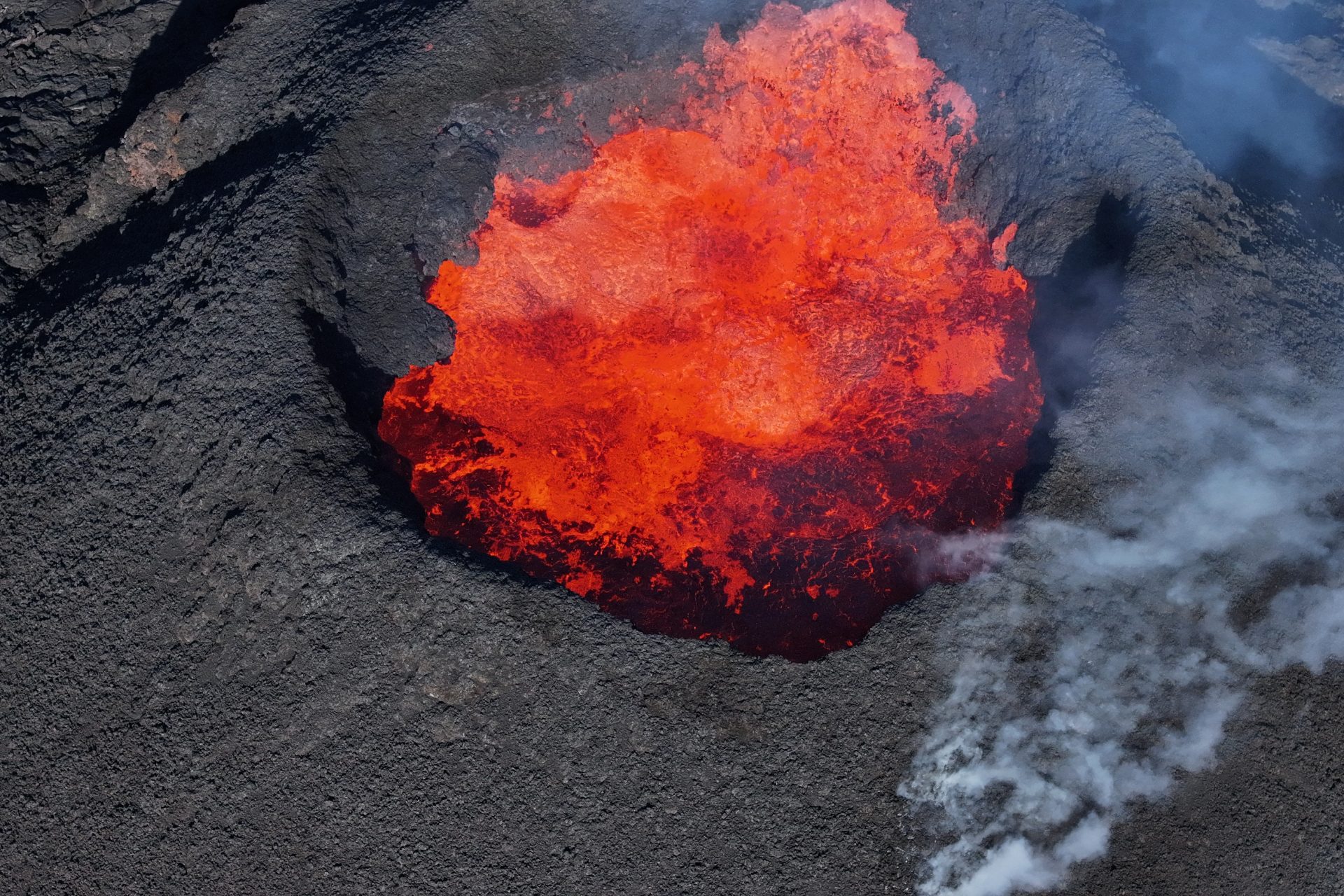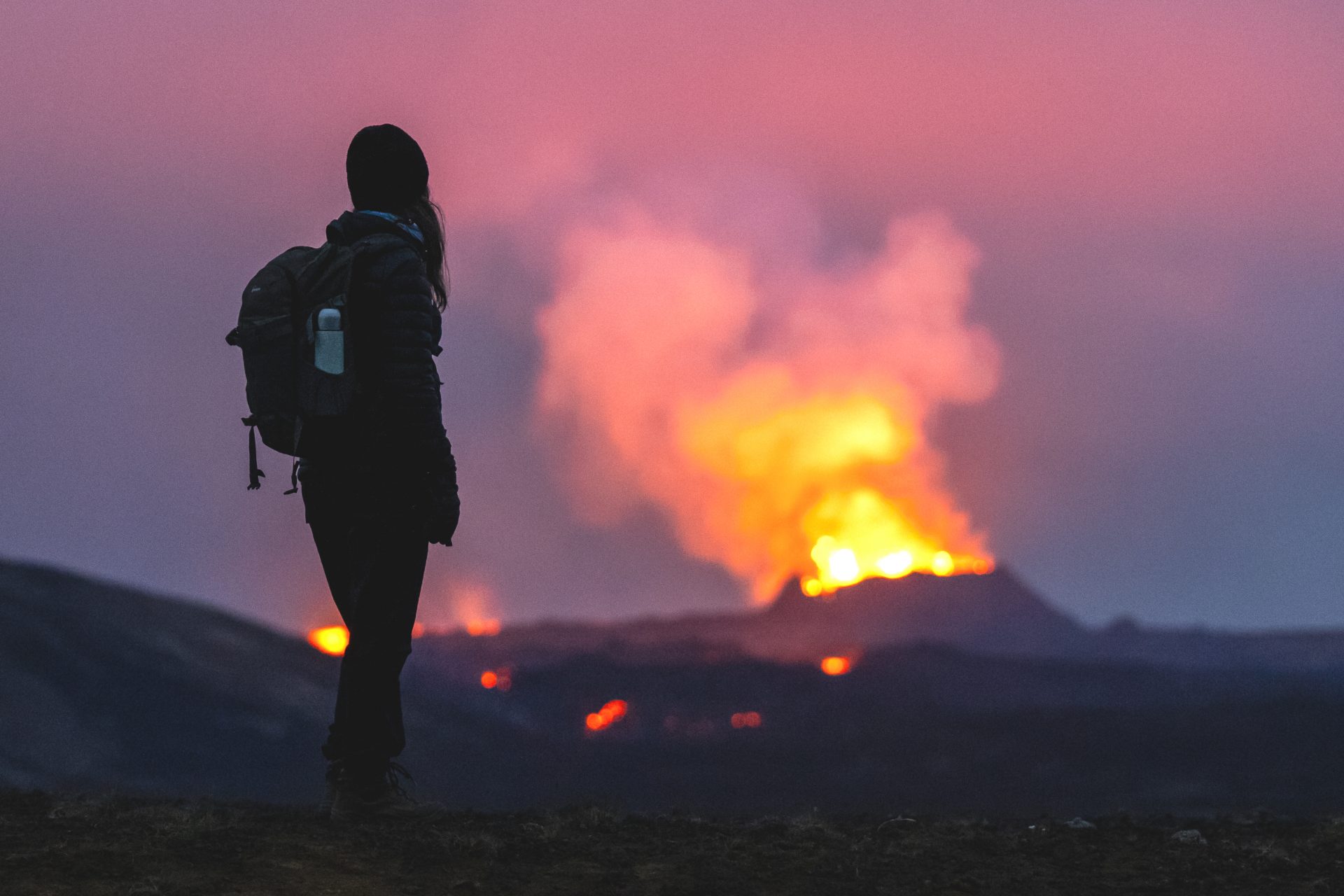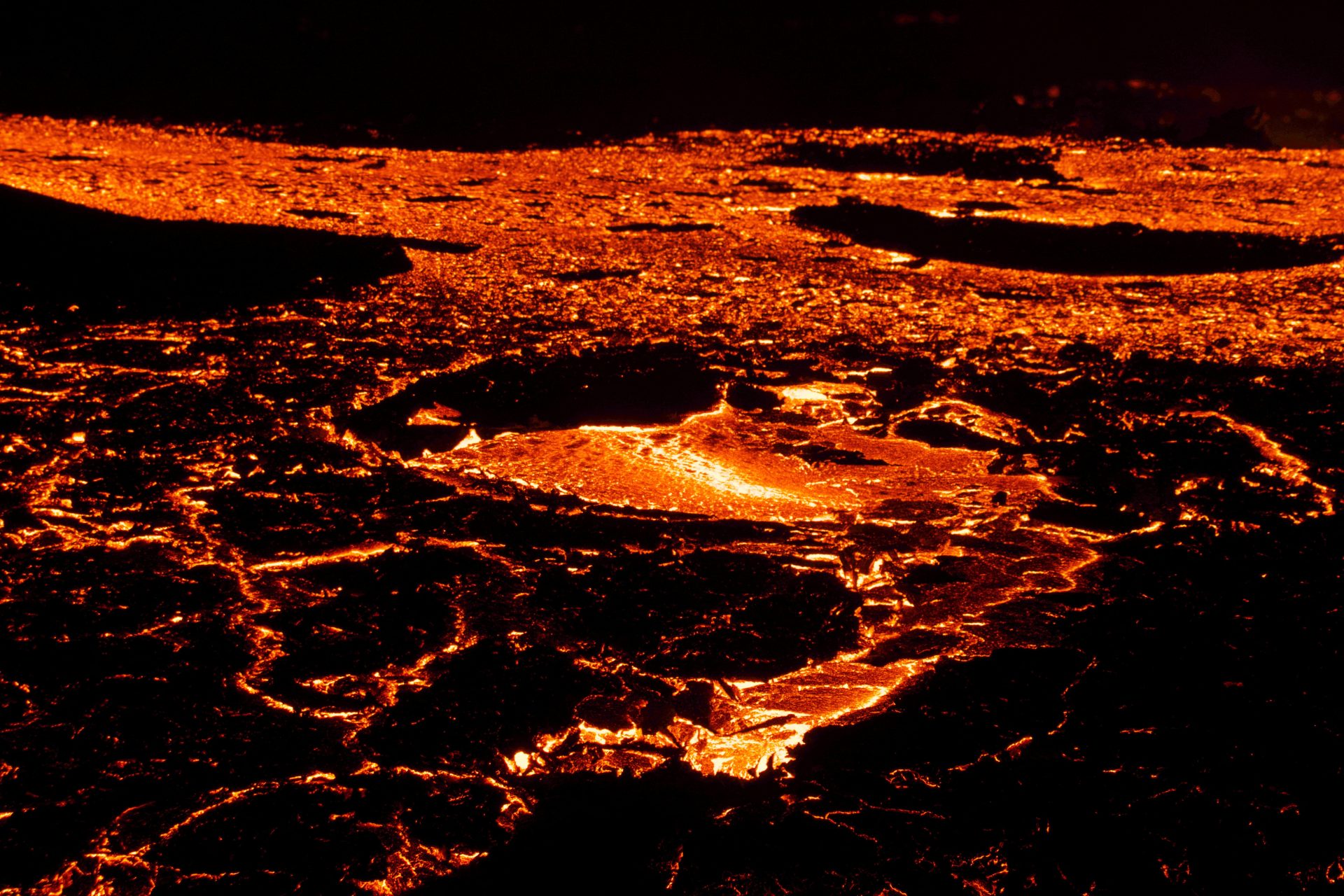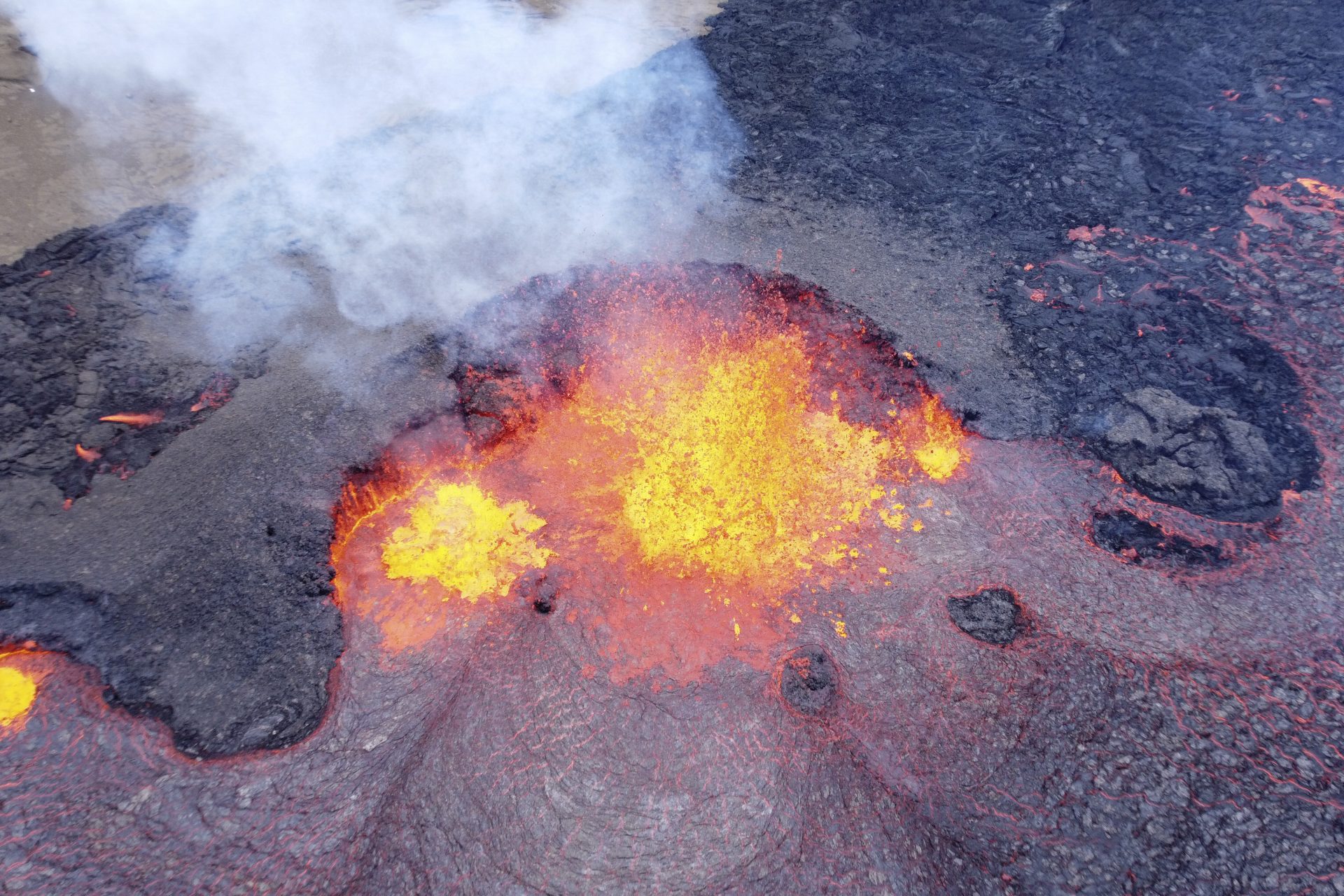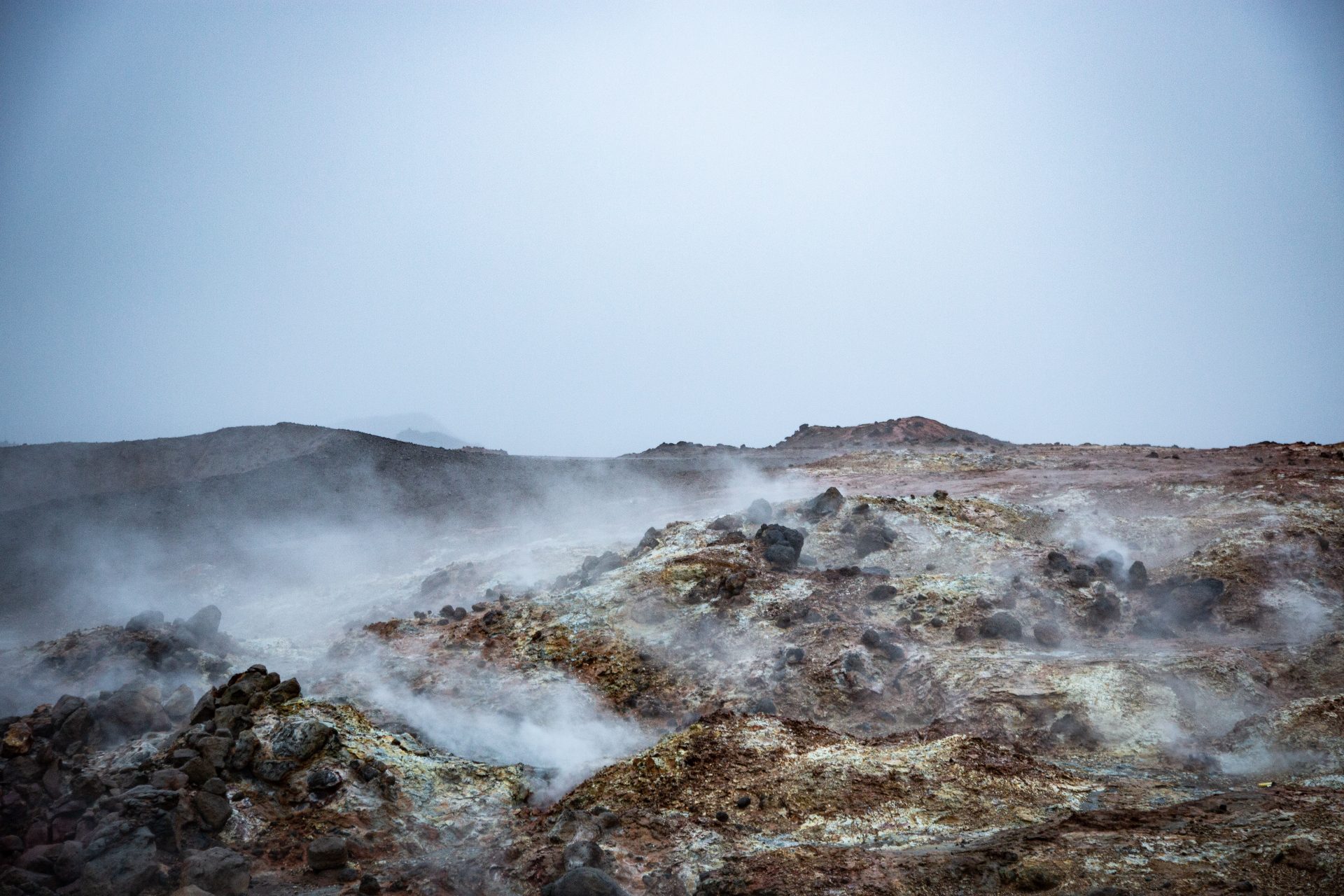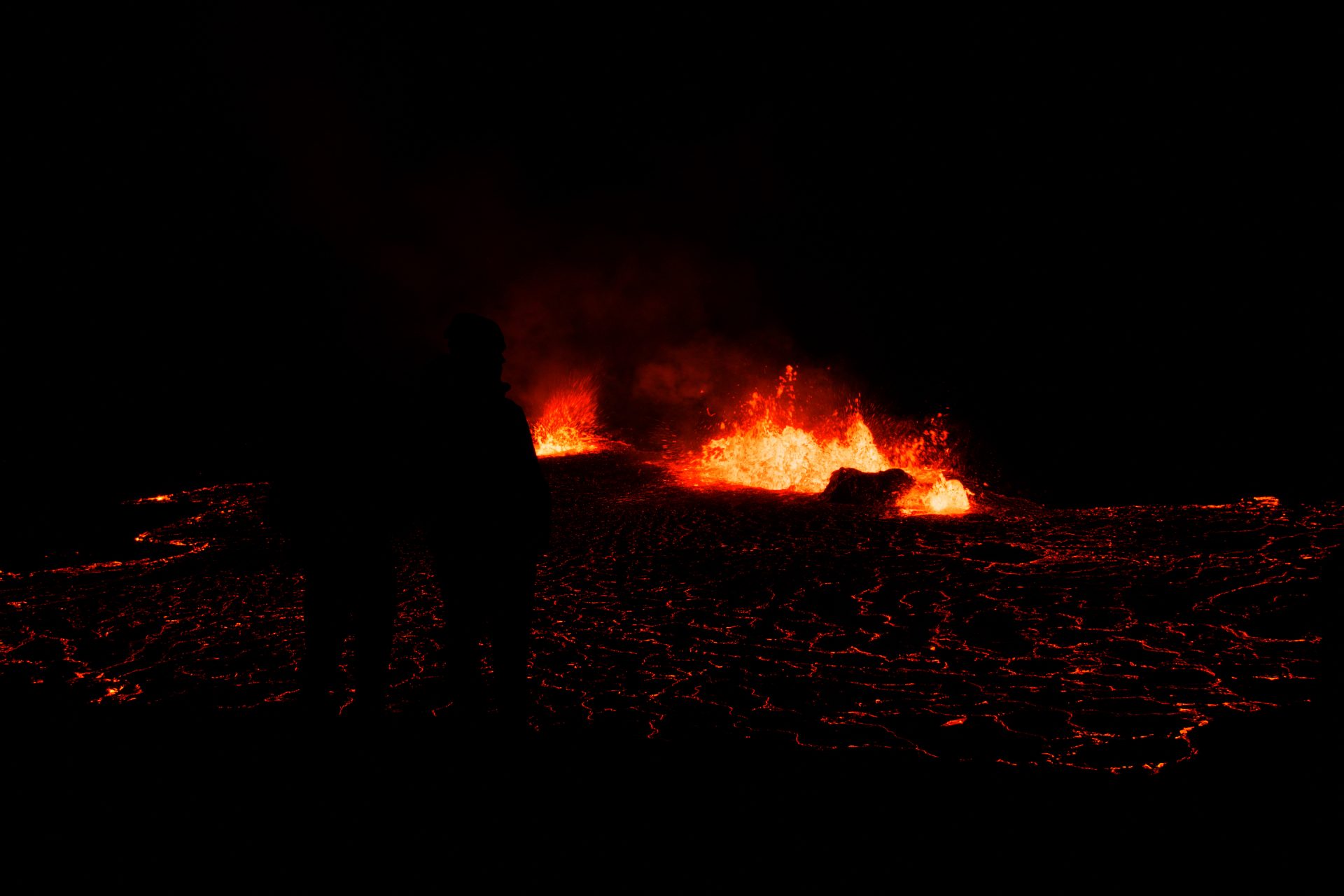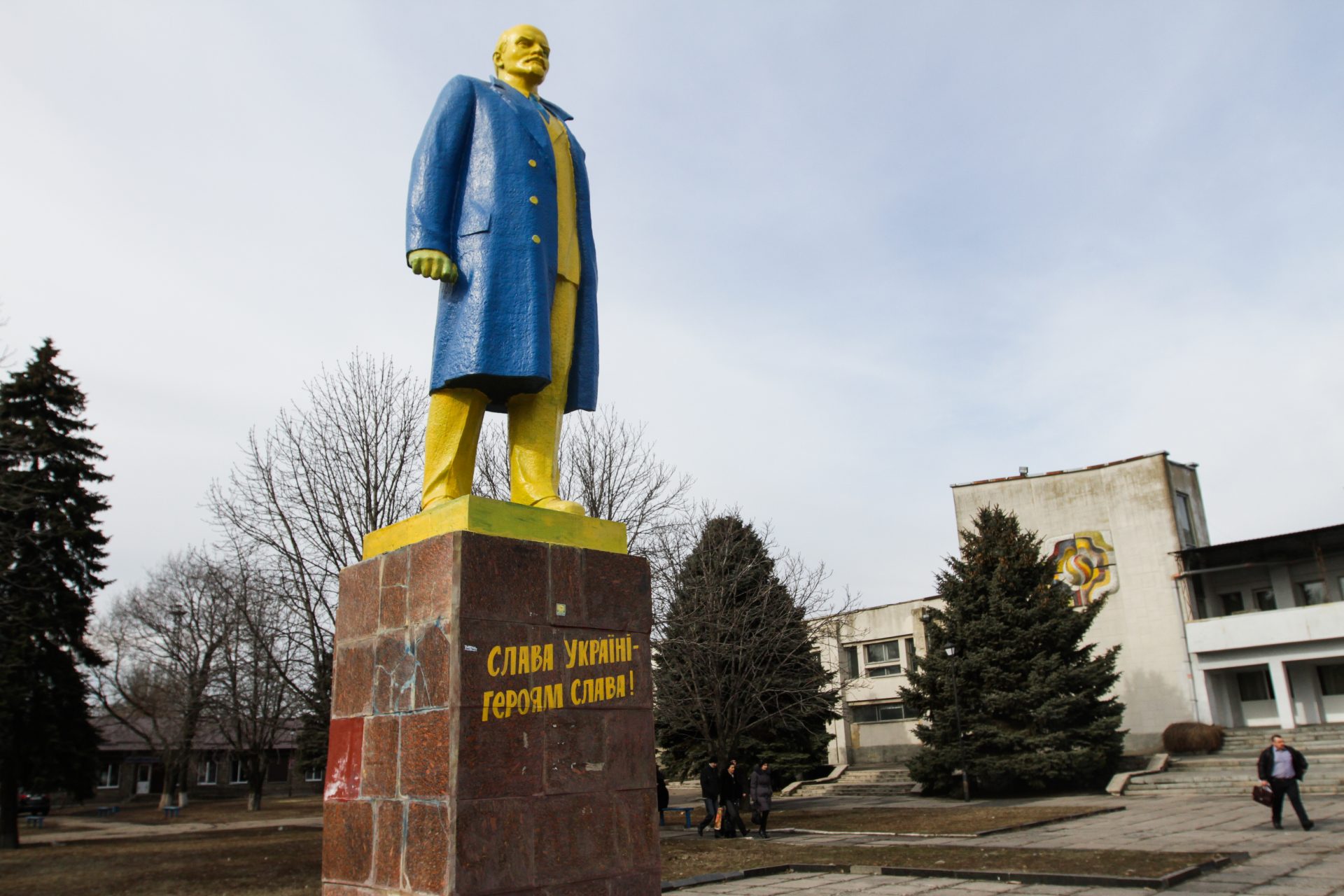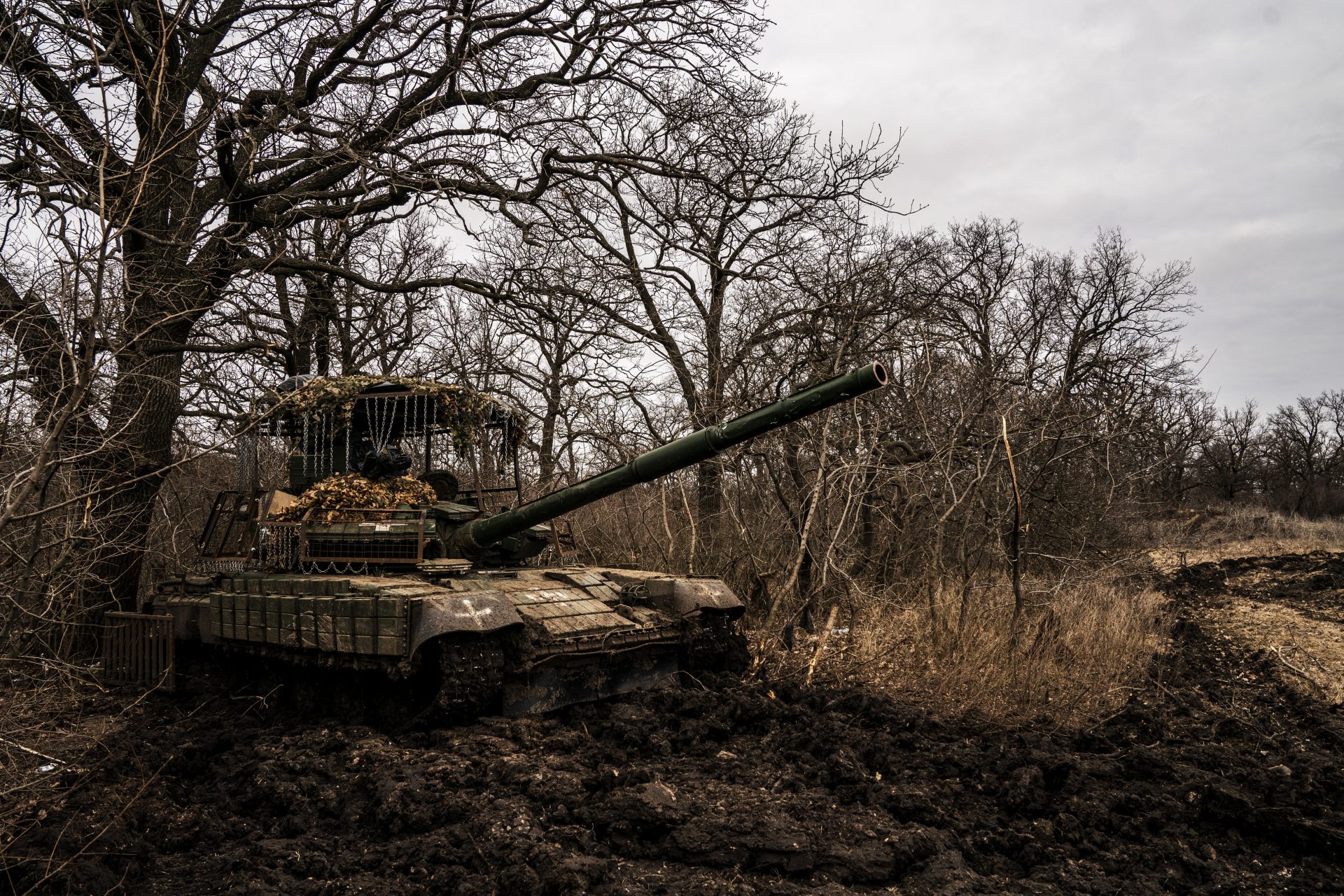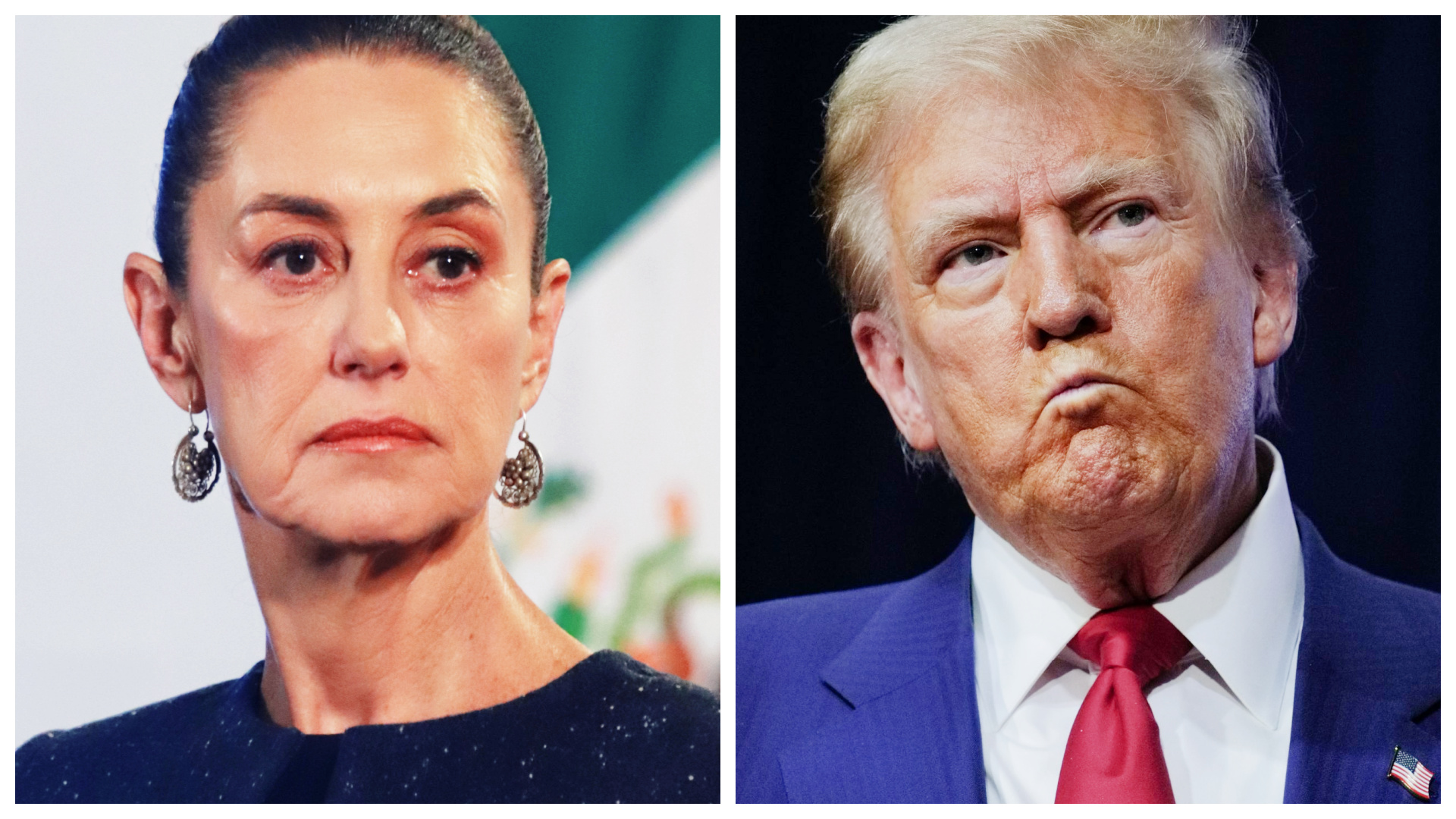Volcanic eruption in Iceland spews clouds of sulphur gases over Europe
After a volcanic eruption in Iceland, a cloud of sulphur gas moved towards Western Europe, raising concerns among citizens about their health.
On August 22, a volcano in the Icelandic Svartsengi system in the southwest of the country began to erupt - and it was not until September 5 that Iceland's civil defense reported the eruption had ended, according to the website Iceland Review.
As Iceland Review writes, this 14-day eruption is the third longest since December 2024.
According to the German publication Der Spiegel, the volcanic eruption on August 22 was preceded by an earthquake.
In addition to the magma that reached the Earth's surface, sulfur gases also entered the air.
An increased concentration of sulphur dioxide in the air can cause irritation of the mucous membranes and respiratory problems, according to Der Spiegel.
According to Der Spiegel, the European observation system Copernicus showed that a higher concentration of sulphur dioxide in the air has been measured over large parts of Western Europe since August 25th.
Photo: Unsplash / angel luciano
However, experts did not consider the gas cloud to be a health hazard. The British Met Office stated when the gas cloud crossed Britain that the gas was high up in the atmosphere and would have only a minor impact on the quality of the air at ground level.
Although the volcanic eruption lasted until September 5, Copernicus expected the cloud over Europe to dissipate within a few days of the initial eruption.
As Iceland Review writes, the land mass in Svartsengi is again rising. This could mean that magma is flowing into the volcanic chambers. Another volcanic eruption is therefore possible in the next three months.
More for you
Top Stories




